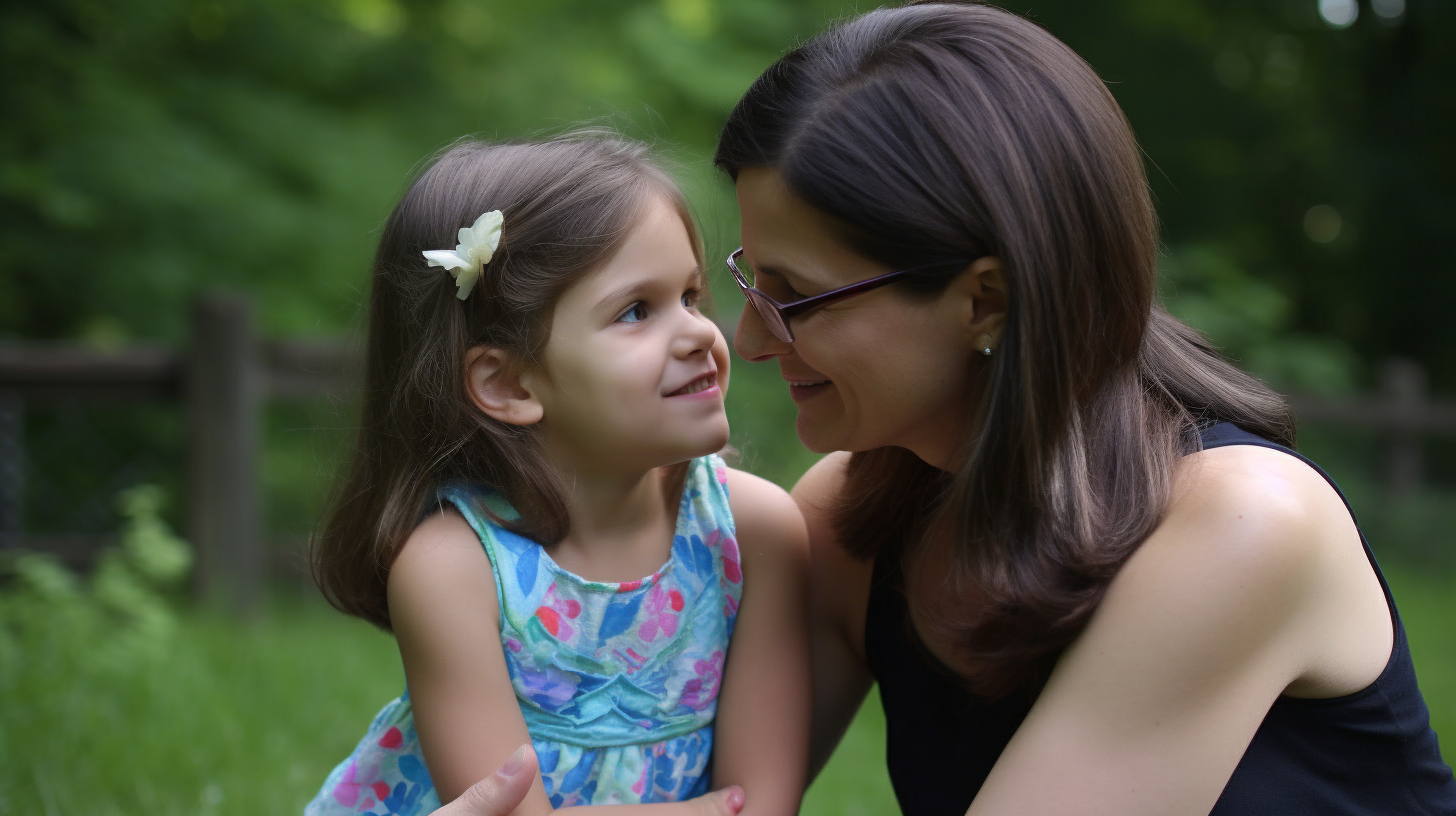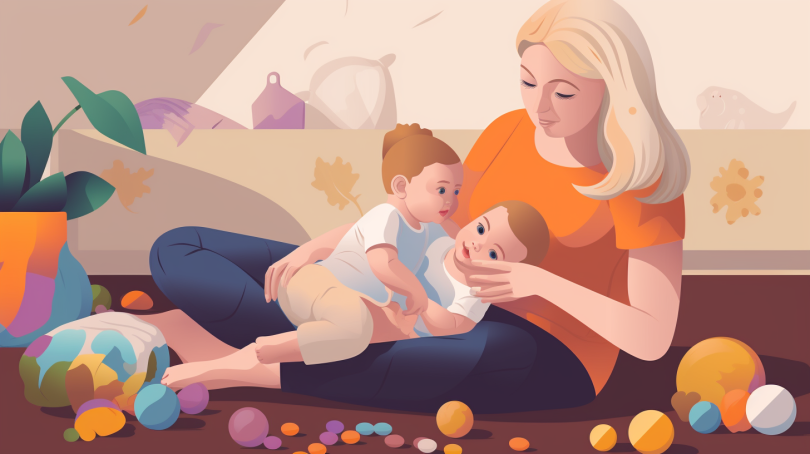The Truth About Co-Sleeping and SIDS: Separating Myth from Fact
Co-sleeping is a common practice among families with newborns. However, it has also been linked to Sudden Infant Death Syndrome (SIDS), a tragic and devastating disorder that claims the lives of thousands of infants each year. As a result, many parents are understandably concerned about the risks associated with co-sleeping and whether or not it’s safe for their little ones.
In this blog post, we’ll explore the truth about co-sleeping and SIDS, separating myth from fact. We’ll discuss its benefits and challenges, offer practical tips and solutions, and provide relevant anecdotes, research, and expert advice to make the content both informative and engaging for the readers.
The Basics: What is Co-Sleeping?
Co-sleeping refers to any sleeping arrangement where an infant shares a sleep surface with a parent or caregiver. This can include bed-sharing (where the infant sleeps in the same bed as an adult), room-sharing (where the infant sleeps in a separate crib or bassinet in the same room as an adult), or any other sleeping arrangement where there is physical contact between the infant and an adult during sleep.
The Link Between Co-Sleeping and SIDS: Separating Myth from Fact
There has been much debate over the link between co-sleeping and SIDS. Some studies have suggested that co-sleeping increases the risk of SIDS, while others have found no significant association between the two. So what’s the truth?
According to the American Academy of Pediatrics (AAP), bed-sharing is associated with an increased risk of SIDS in certain situations. These include:
- When an infant is younger than four months old
- When an infant was born prematurely or with a low birth weight
- When an adult in the bed is a smoker, even if they do not smoke in bed
- When an adult in the bed has consumed alcohol or drugs that affect their consciousness
- When an infant is placed on their stomach to sleep
It’s important to note that co-sleeping itself is not a cause of SIDS. Rather, it’s the combination of specific risk factors that can lead to an increased risk of SIDS. Additionally, room-sharing (where the infant sleeps in a separate crib or bassinet in the same room as an adult) has been found to be protective against SIDS.
The Benefits and Challenges of Co-Sleeping
Co-sleeping can have many benefits for both infants and parents. For infants, it can promote feelings of safety and security, regulate body temperature and breathing, and facilitate breastfeeding. For parents, it can make nighttime feedings easier and more convenient and promote bonding with their little ones.
However, co-sleeping also comes with its own set of challenges. Bed-sharing can increase the risk of accidental suffocation or strangulation if an adult accidentally rolls onto or covers the infant during sleep. Additionally, some parents may find it difficult to get a good night’s sleep with a little one in the bed.
Tips for Safe Sleeping Practices
Whether you choose to co-sleep or not, there are certain safe sleeping practices that all parents should follow to reduce the risk of SIDS:
- Always place your baby on their back to sleep
- Use a firm sleep surface (such as a crib or bassinet) with a tight-fitting sheet
- Avoid soft bedding (such as blankets, pillows, and bumper pads) in the sleep area
- Keep the sleep area free of toys and other objects that could pose a suffocation or choking hazard
- Avoid overheating the baby, and dress them in light clothing for sleep
- Do not smoke or allow smoking around your baby
- Avoid alcohol and drug use during pregnancy and while caring for your infant
- Consider using a pacifier at naptime and bedtime after breastfeeding is established, as it has been shown to reduce the risk of SIDS
Conclusion
Co-sleeping can be a wonderful way to promote bonding and facilitate nighttime feedings. However, it’s important to understand the risks associated with co-sleeping and take steps to reduce those risks. By following safe sleeping practices, parents can help protect their little ones from SIDS and promote healthy sleep habits for their entire family.




